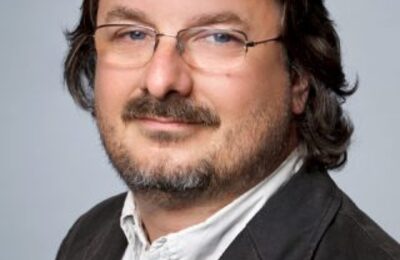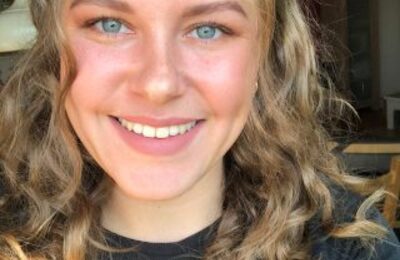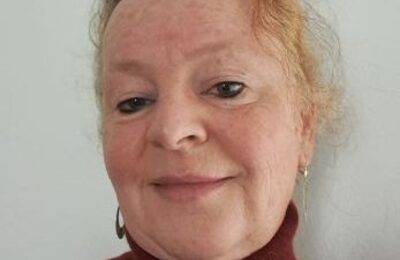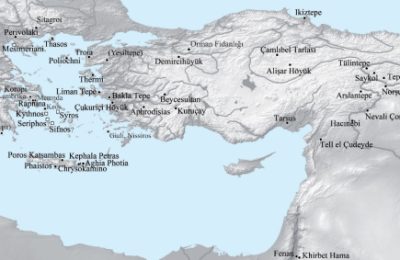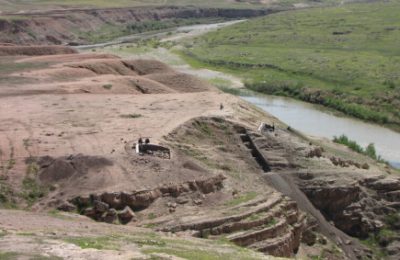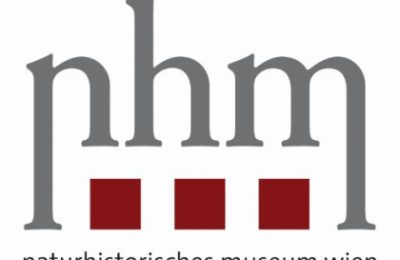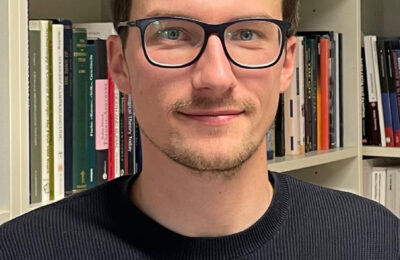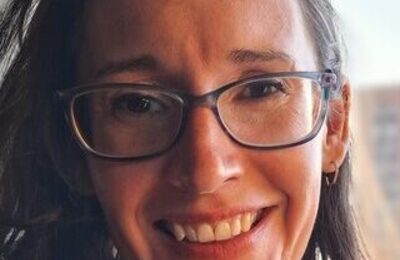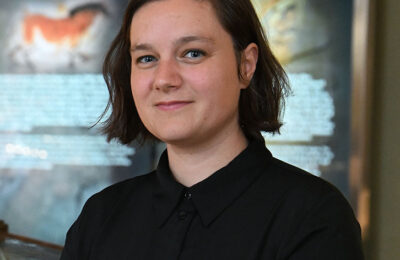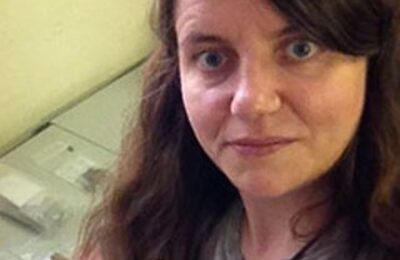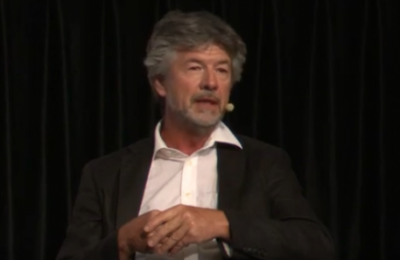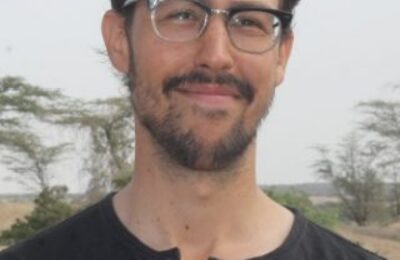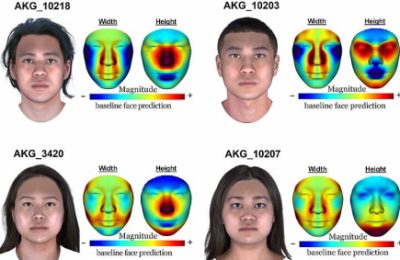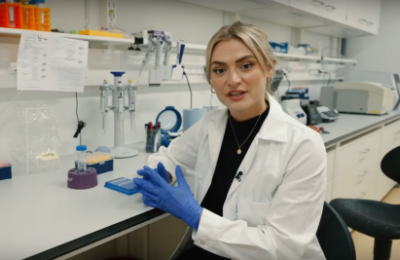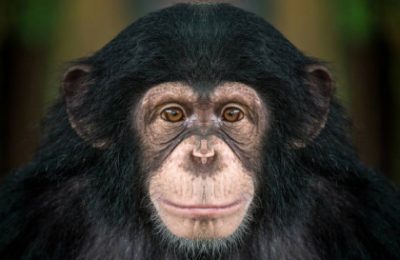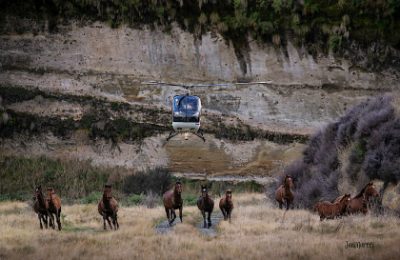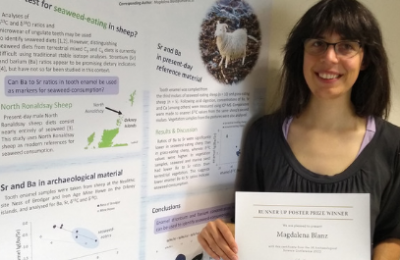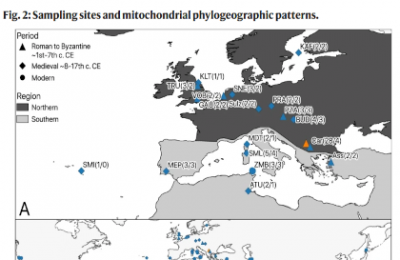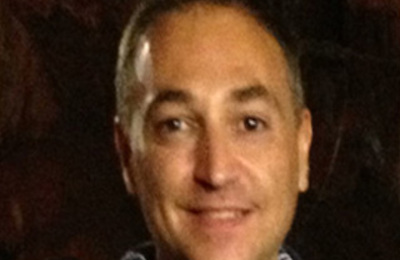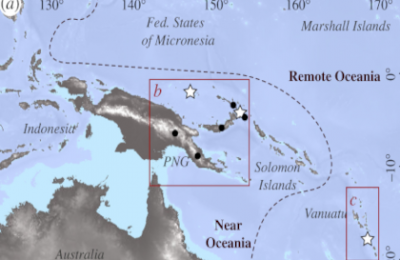Alfred GALIK
Alfred Galik originally studied paleontology at the Univ. of Vienna. Since 2003 he has collaborated as a research associate at the institute for Anatomy at the Vetmed Univ Vienna. From 2012 to 2016 he was university assistant at the institute for Anatomy, histology and embryology at the Vetmed Univ Vienna with cooperations in numerous historical and prehistoric archaeozoological projects. He was awarded with the habilitation with the venia legendi “archaeozoology in veterinary medicine” in 2016. Since 2016 Alfred Galik is member of the ÖAI as academy scientist. His prime-interest lies on Archaeozoology, including archaeomalacology and ichthyoarchaeology, besides animal anatomy and osteology, palaeopathology, domestication and evolution research, morphometry and environmental history.
